The Solid Waste Management Facility at the Savannah River Site. (Photo: DOE)
The Solid Waste Management Facility (SWMF) at the Department of Energy’s Savannah River Site recently was subject to an enhancement program designed to improve procedure format and quality. The program has led to a greater efficiency and a streamlined procedure review process at the facility, according to the DOE’s managing and operating contractor at SRS.
Crews begin clearing the site on which Savannah River Site’s SDU 10 will sit. (Photo: DOE)
The Department of Energy’s Office of Environmental Management (EM) announced that it is preparing for construction of the final three planned saltstone disposal units (SDUs) at the Savannah River Site in South Carolina, which will complete the site’s liquid waste mission.
The SRS liquid waste contractor, Savannah River Mission Completion (SRMC), is overseeing the construction of the SDUs, which will receive decontaminated salt solution treated at Savannah River’s Salt Waste Processing Facility (SWPF).
A worker replaces a manipulator arm at the Savannah River’s SWPF. (Photo: DOE)
Savannah River Mission Completion (SRMC), the radioactive liquid waste contractor at the Department of Energy’s Savannah River Site, is optimizing some equipment maintenance at the Salt Waste Processing Facility (SWPF). The facility traditionally uses centrifugal contactors in the solvent extraction process, and its laboratory uses manipulators to handle process samples and equipment within its radioactive cell. The equipment requires periodic maintenance and rebuilding.
An artistic rendering of the Versatile Test Reactor. (Image: DOE)
The Department of Energy today issued a Record of Decision (ROD) for the Final Versatile Test Reactor Environmental Impact Statement (final VTR EIS; DOE/EIS-0542). The VTR will be a sodium-cooled, fast-neutron-spectrum test reactor that will enhance and accelerate research, development, and demonstration of innovative nuclear energy technologies critical to tackling the climate crisis, according to the DOE.
The VTR ROD and final VTR EIS are available for viewing or download here.
The final legacy TRU waste shipment from Savannah River Site departs the site in mid-April, on its way to WIPP in southeastern New Mexico for permanent disposal. (Photo: DOE)
The Department of Energy reported this month that the final container of legacy transuranic waste from the Savannah River Site arrived at the Waste Isolation Pilot Plant for permanent disposal on the afternoon of April 14. The shipment capped the end of a journey for 239 shipments that began in 2011.
In all, trucks that carried the shipments weighed a combined 11,402,000 pounds and travelled more than 347,000 miles to the WIPP site.
Operators load a TRU waste drum into a real-time radiography unit for characterization at the Solid Waste Management Facility at the Savannah River Site. (Photos: DOE)
Operators at the Savannah River Site’s Solid Waste Management Facility can now characterize and certify newly generated TRU waste through the use of a real-time radiography unit that uses an X-ray system to examine the contents of waste containers. The equipment was recently installed to meet updated requirements set by the Department of Energy’s National TRU Program that involve evaluating the containers for chemical compatibility and oxidizing chemicals.
The shipments of TRU waste from SRS, in South Carolina, are sent to the Waste Isolation Pilot Plant (WIPP), in New Mexico, for disposal.
An SRNS subcontractor technician takes radiological readings of soil near Lower Three Runs, part of a major project to complete the cleanup of a contaminated 25-mile-long stream corridor at SRS. (Photo: DOE) (CLICK TO SEE FULL PHOTO)
Savannah River Nuclear Solutions (SRNS), the Department of Energy’s management and operating contractor for the Savannah River Site in South Carolina, has reached an agreement with the state of South Carolina and federal environmental regulators on the final cleanup of a 25-mile-long stream corridor at the site that was radiologically contaminated as a result of operations during the Cold War.
The corridor consists of Par Pond, nine miles of canals adjacent to the pond, and a stream named Lower Three Runs. The stream begins near the center of the site, just above Par Pond, and winds its way southward across SRS.
A cask of HEU arrives at the H Canyon facility. (Photo: DOE)
The Department of Energy announced yesterday that Secretary of Energy Achievement Awards were presented to a team of Savannah River Site employees for the completion of the multiyear Target Residue Material (TRM) campaign to support global nuclear security goals.
SRS is a 310-square-mile site located in South Carolina. It encompasses parts of Aiken, Barnwell, and Allendale counties and is bordered on the west by the Savannah River and the state of Georgia.
From left to right, Richmond County Technical Career Magnet School (Team 1) students Leila Cortez, Jaidyn Moore, and Tamea Dunnom and teacher Carla Biley won third place in Best Engineering Student Design at the WORCshop@AU event. They are joined by Rick Connolly, SRNS operations and maintenance director and WORCshop@AU judge (second from right).
Savannah River Nuclear Solutions (SRNS), the Department of Energy contractor responsible for the management and operations of the Savannah River Site in South Carolina, partnered with Augusta University to create WORCshop@AU, an education outreach opportunity to introduce local high school students to nuclear science careers by solving a real-world problem. The program concluded on December 9, when student teams presented their solutions during a friendly competition.
DOE liquid waste contractor Savannah River Remediation is moving forward with Saltstone Disposal Unit projects to support the Salt Waste Processing Facility at the Savannah River Site.
The Department of Energy’s Office of Environmental Management (EM) has authorized the use of a second mega-volume saltstone disposal unit (SDU) at the Savannah River Site in South Carolina. Savannah River Remediation (SRR), EM’s liquid waste contractor at SRS, received Critical Decision-4 for Saltstone Disposal Unit 7, marking the final step in the approval process before beginning operations.
SRNS's Communications and Media Services Department was honored with two 2021 Telly Awards. Members of the department include, from left, Robin Adney, Ian Rojas-Godoy, Brad Bohr, Nathan Lester, Steve Ashe, and Laura Russo. (Photo: DOE)
Along with established entertainment mediums such as Jennifer Garner’s “Pretend Cooking Show” and the Nickelodeon TV channel, Department of Energy contractor Savannah River Nuclear Solutions (SRNS) has been named a winner in two categories of this year’s Telly Awards.
SRNS’s Communications and Media Services Department won a Gold Telly for the video “Savannah River Site Overview” in the non-broadcast, corporate image category, and a Bronze Telly for “SRNS Now: September 2020” in the non-broadcast, employee communications category.
The Defense Waste Processing Facility at the Savannah River Site in South Carolina. (Photo: DOE)
The Department of Energy’s Office of Environmental Management (EM) has awarded Savannah River Mission Completion (SRMC), of Lynchburg, Va., the Integrated Mission Completion Contract at the Savannah River Site near Aiken, S.C. The single-award, master indefinite delivery/indefinite quantity contract has an estimated contract ceiling of approximately $21 billion over a 10-year ordering period, with cost-reimbursement and fixed-price task orders to define the contract performance.
Savannah River Remediation’s Mark Schmitz (left) and Denmark Technical College’s Willie L. Todd Jr. sign a memorandum of understanding to reaffirm the partnership between their respective organizations. (Photo: SRR)
Savannah River Remediation (SRR) and South Carolina’s Denmark Technical College (DTC) have renewed a memorandum of understanding that has a goal of preparing DTC students for work in the industrial and nuclear environment while also providing SRR with a potential pipeline of future employees.
SRR is the Savannah River Site’s liquid waste contractor, consisting of a team of companies led by Amentum, with partners Bechtel National, Jacobs, and BWX Technologies. Subcontractors include Orano, Atkins, and Amentum N&E Technical Services.
DTC is South Carolina’s only technical college that is also a historically black college or university.
Savannah River Remediation workers double-stack HLW canisters in an underground vault in Savannah River’s Glass Waste Storage Building 2 using a one-of-a-kind shielded canister transporter. (Photo: DOE)
The Department of Energy’s Office of Environmental Management (EM) has demonstrated the capability to expand the double-stacking of high-level waste canisters at the Savannah River Site in South Carolina. That approach will save the site’s cleanup program millions of dollars, according to the DOE.
U.S. Forest Service employees Secunda Hughes (left) and Andrew Thompson inspect irrigation piping and sprinkler heads, part of a 62-acre pine plantation used to safely disperse tritium at the Savannah River Site.
The Department of Energy’s Office of Environmental Management (EM) is managing the release of tritiated water using a 62-acre plantation of pine trees and other natural resources to limit radioactively contaminated groundwater from reaching waterways on the Savannah River Site in South Carolina.
F Area operator Thomas Harman (left) and SRNS scientist Kevin Boerstler check the pumps, sensors, and piping that blend a base concentrate to inject into acidic groundwater at the Savannah River Site. (Photo: DOE)
The Savannah River Site is reducing the flow of hazardous and radioactive metal contaminants to South Carolina’s rivers and streams by injecting a mix of clean water and baking soda into the site’s groundwater. The base mix neutralizes groundwater that has become acidic as a result of SRS’s chemical separations work, helping restrict the flow of contaminants.





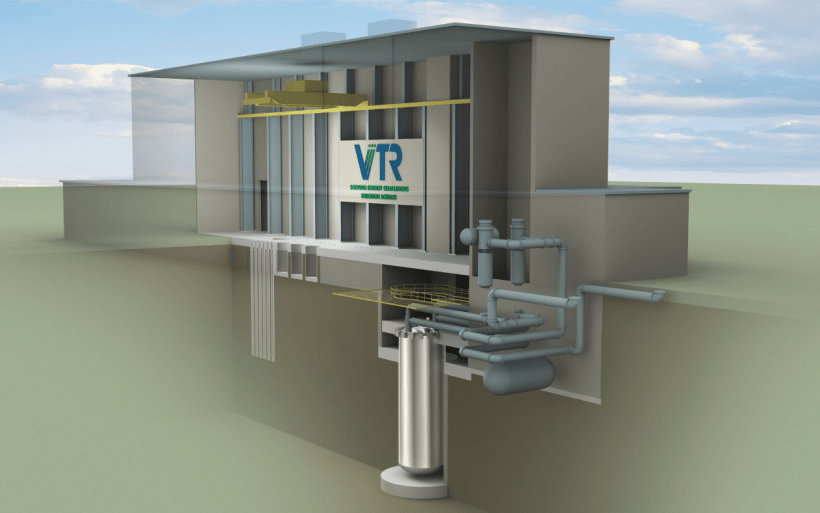

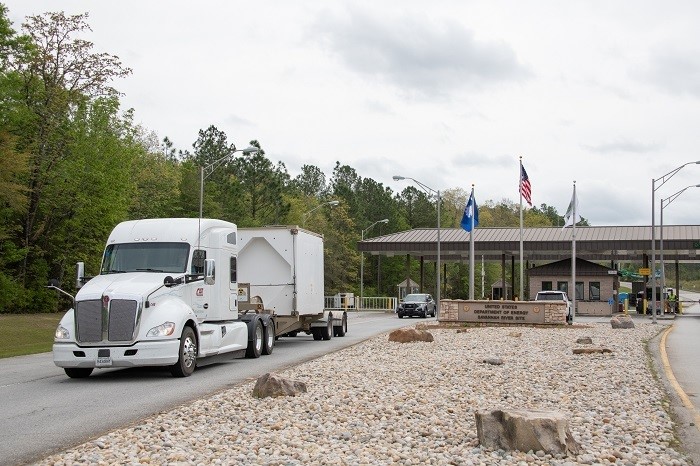
 The Department of Energy’s Office of Environmental Management (EM) has issued EM Strategic Vision 2022-2032, a blueprint for planned nuclear-related cleanup efforts over the next decade. The document outlines environmental cleanup priorities for 2022–2032, focusing on safety, innovation, and improved performance.
The Department of Energy’s Office of Environmental Management (EM) has issued EM Strategic Vision 2022-2032, a blueprint for planned nuclear-related cleanup efforts over the next decade. The document outlines environmental cleanup priorities for 2022–2032, focusing on safety, innovation, and improved performance.
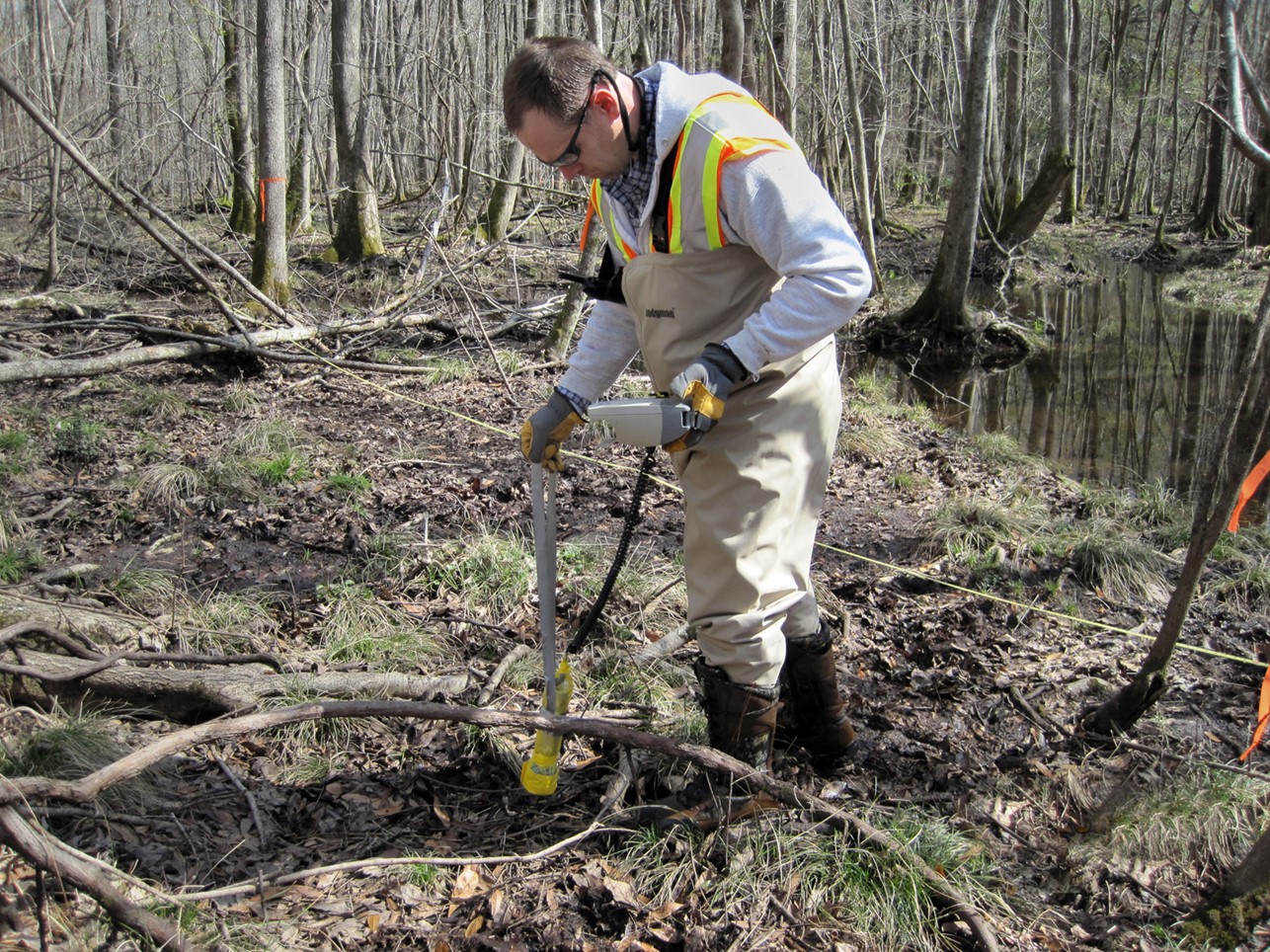




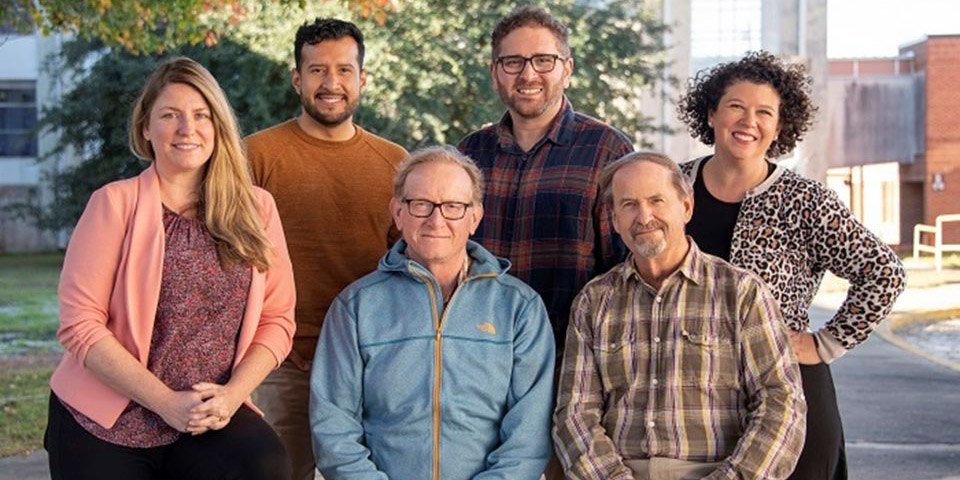
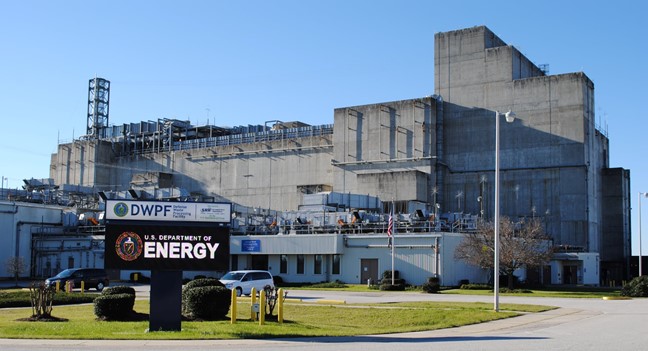
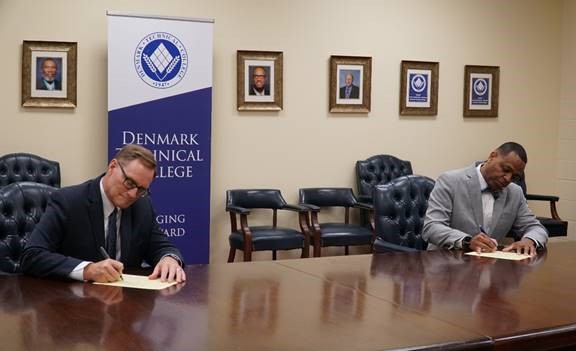

 and Andrew Thompson.jpg)
